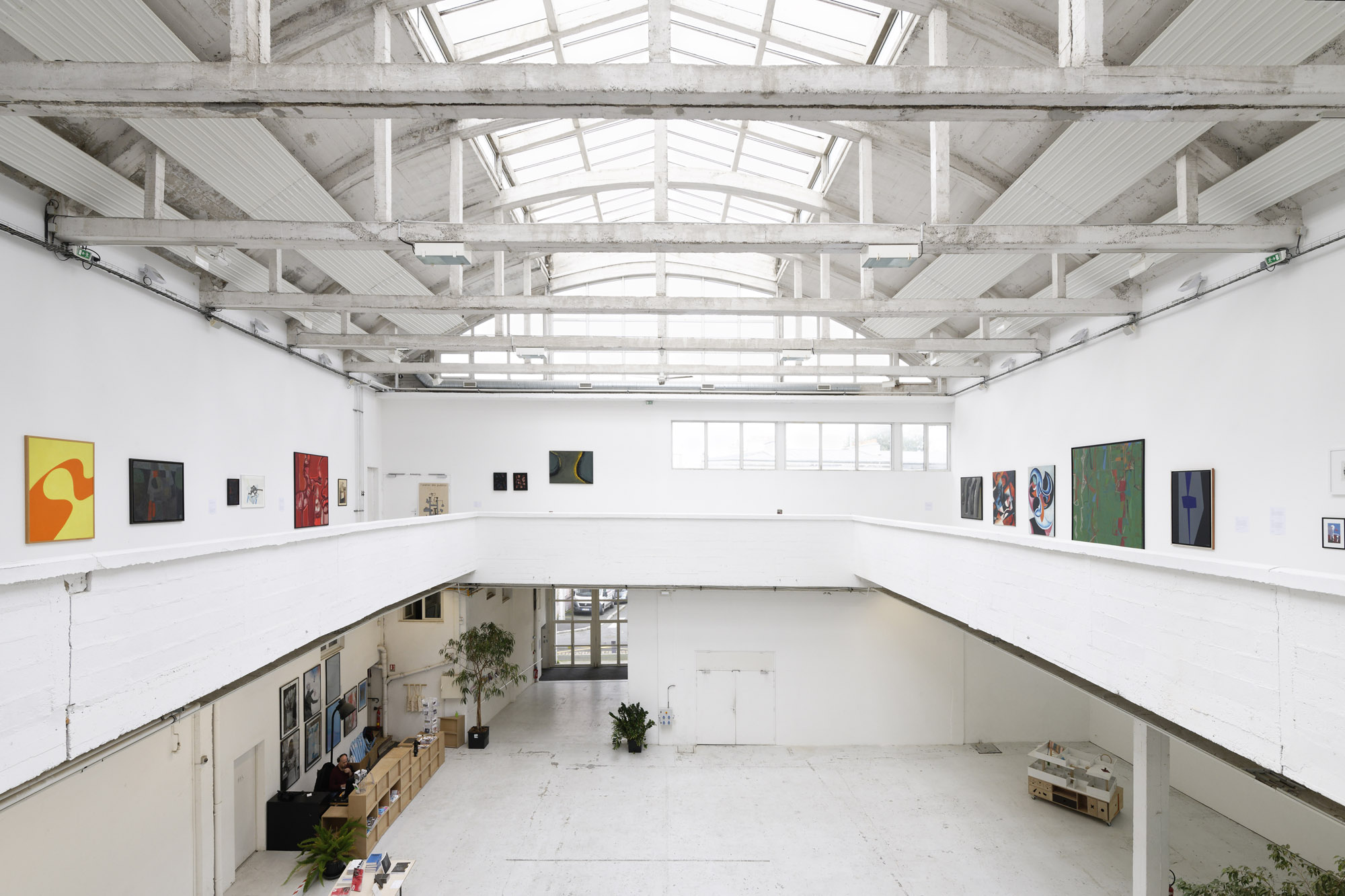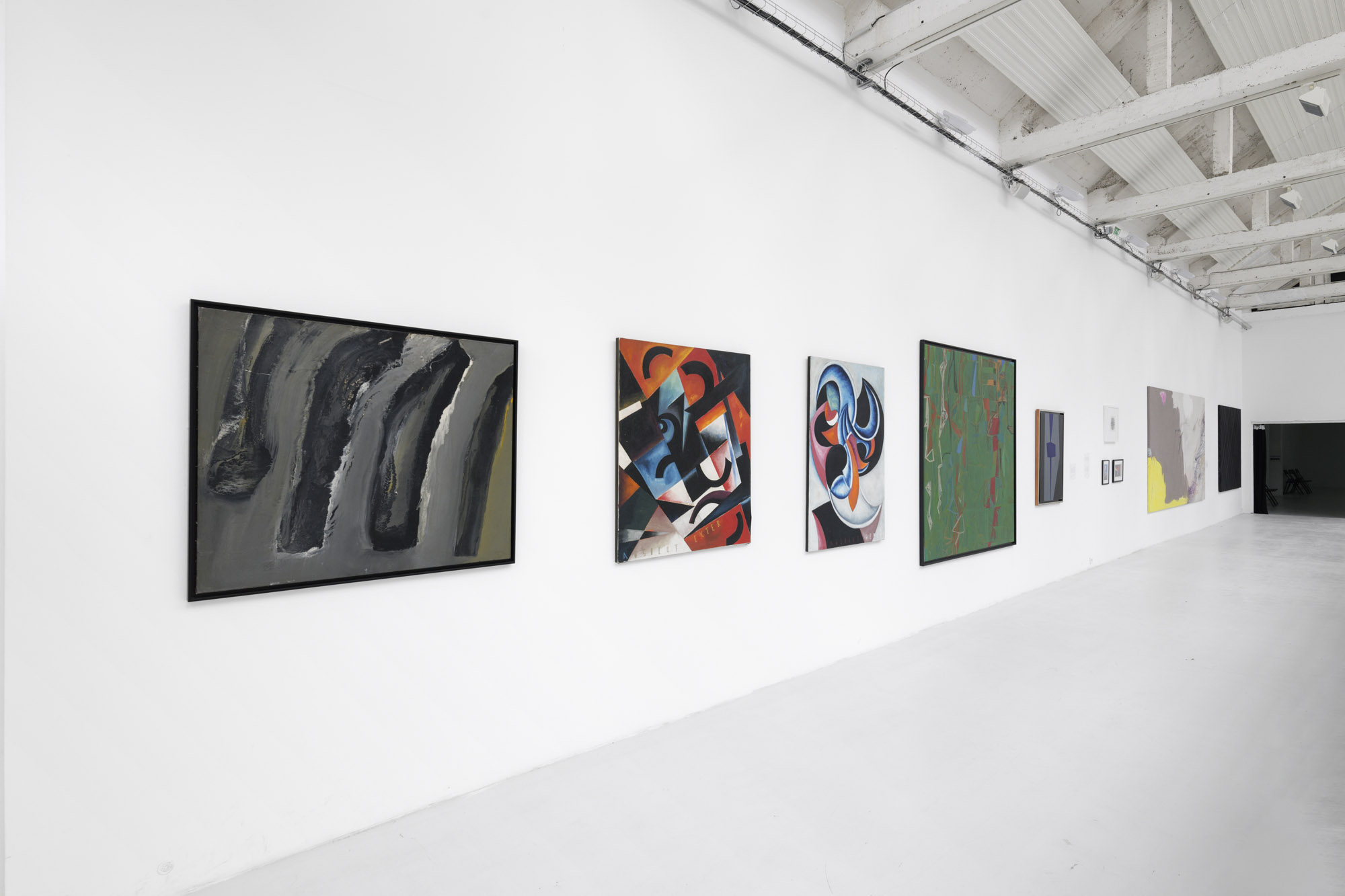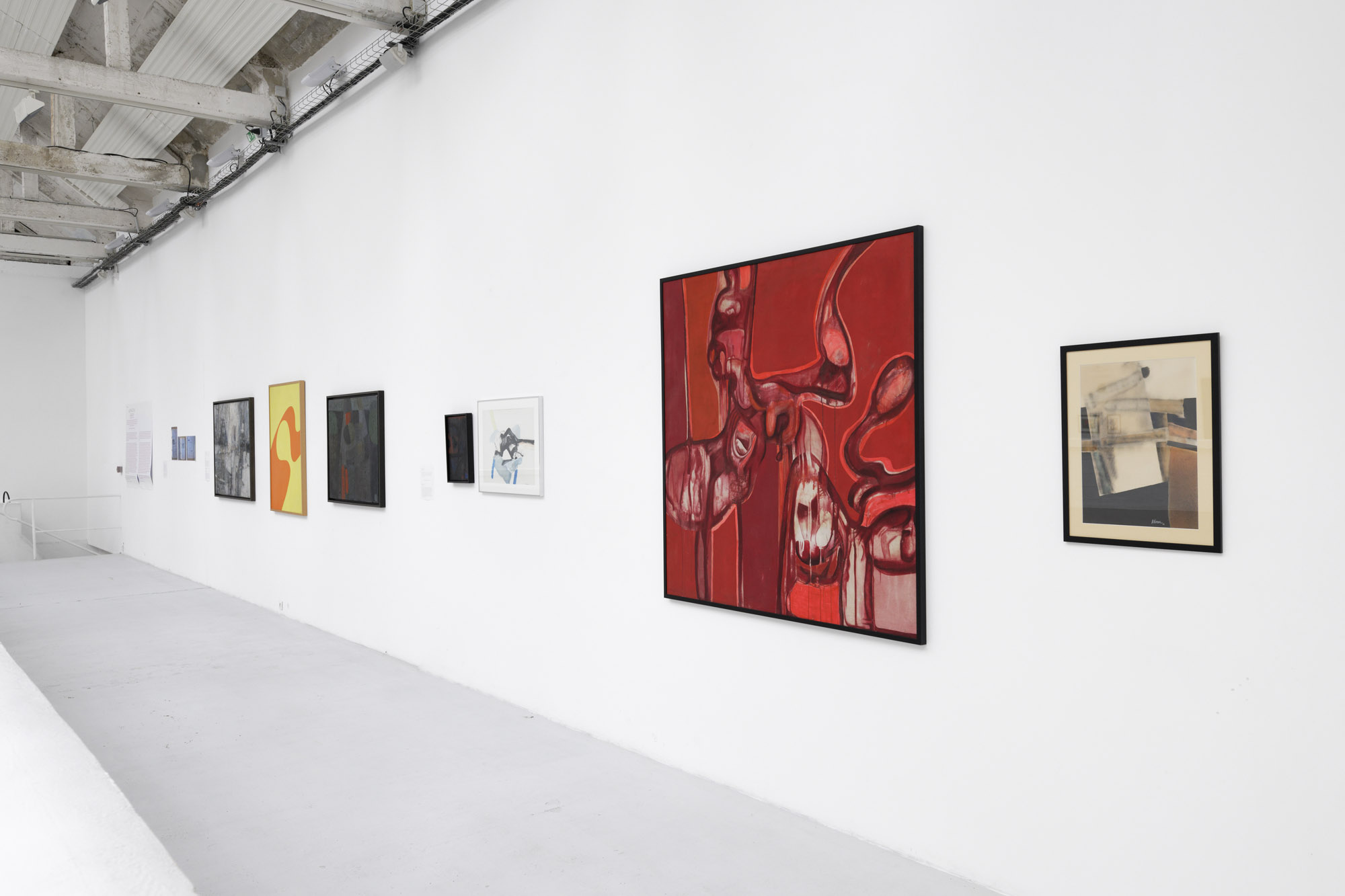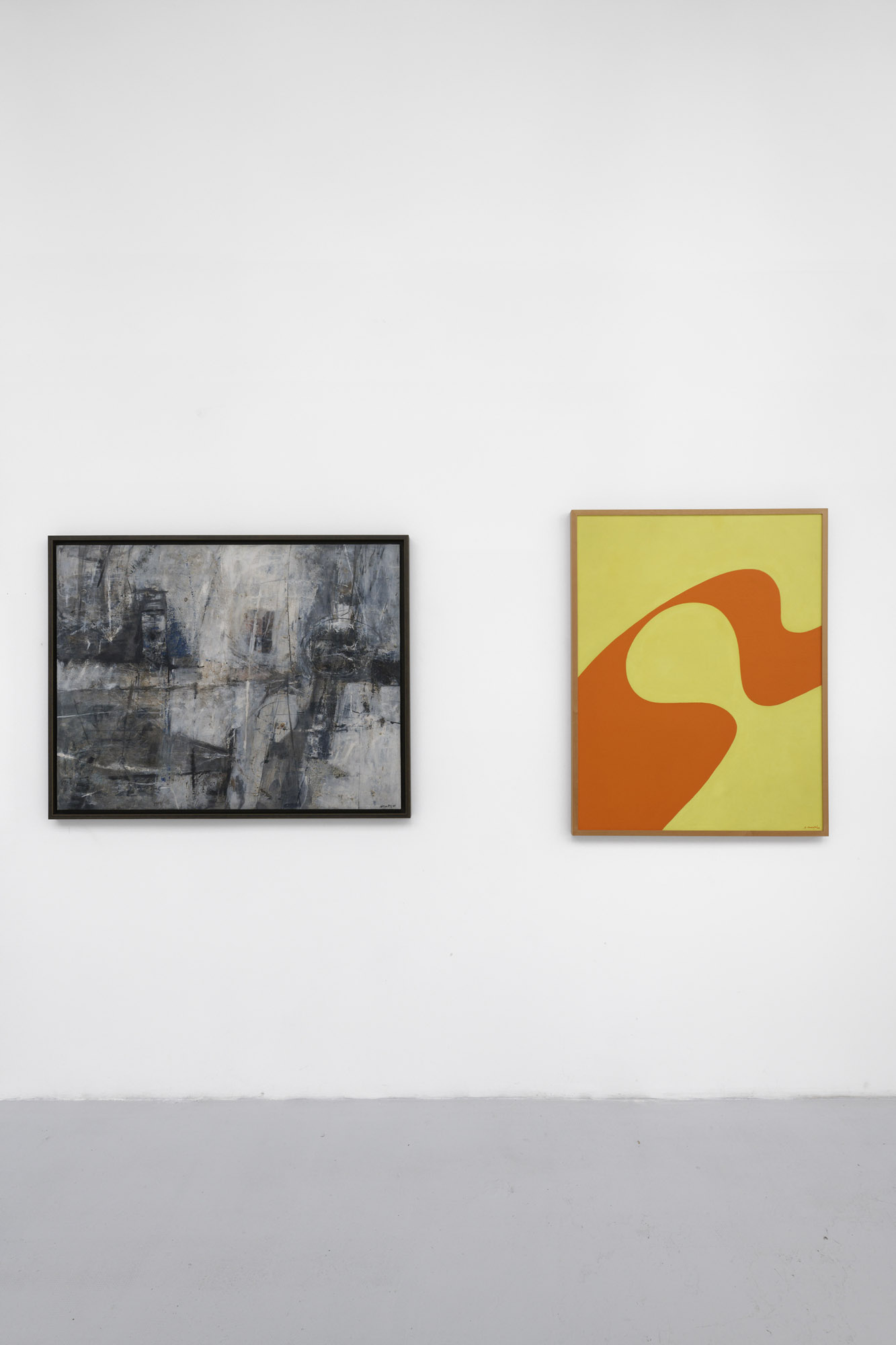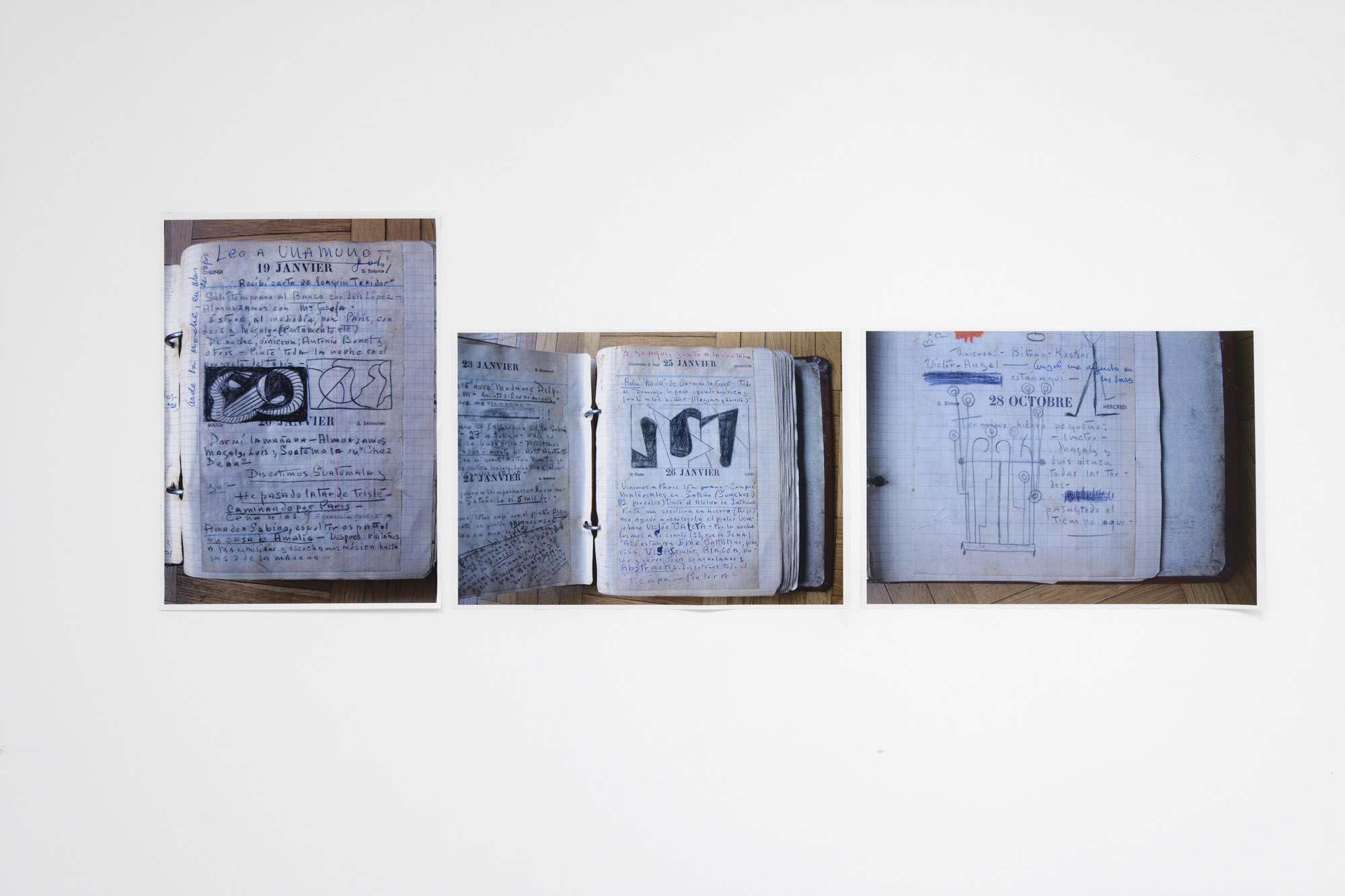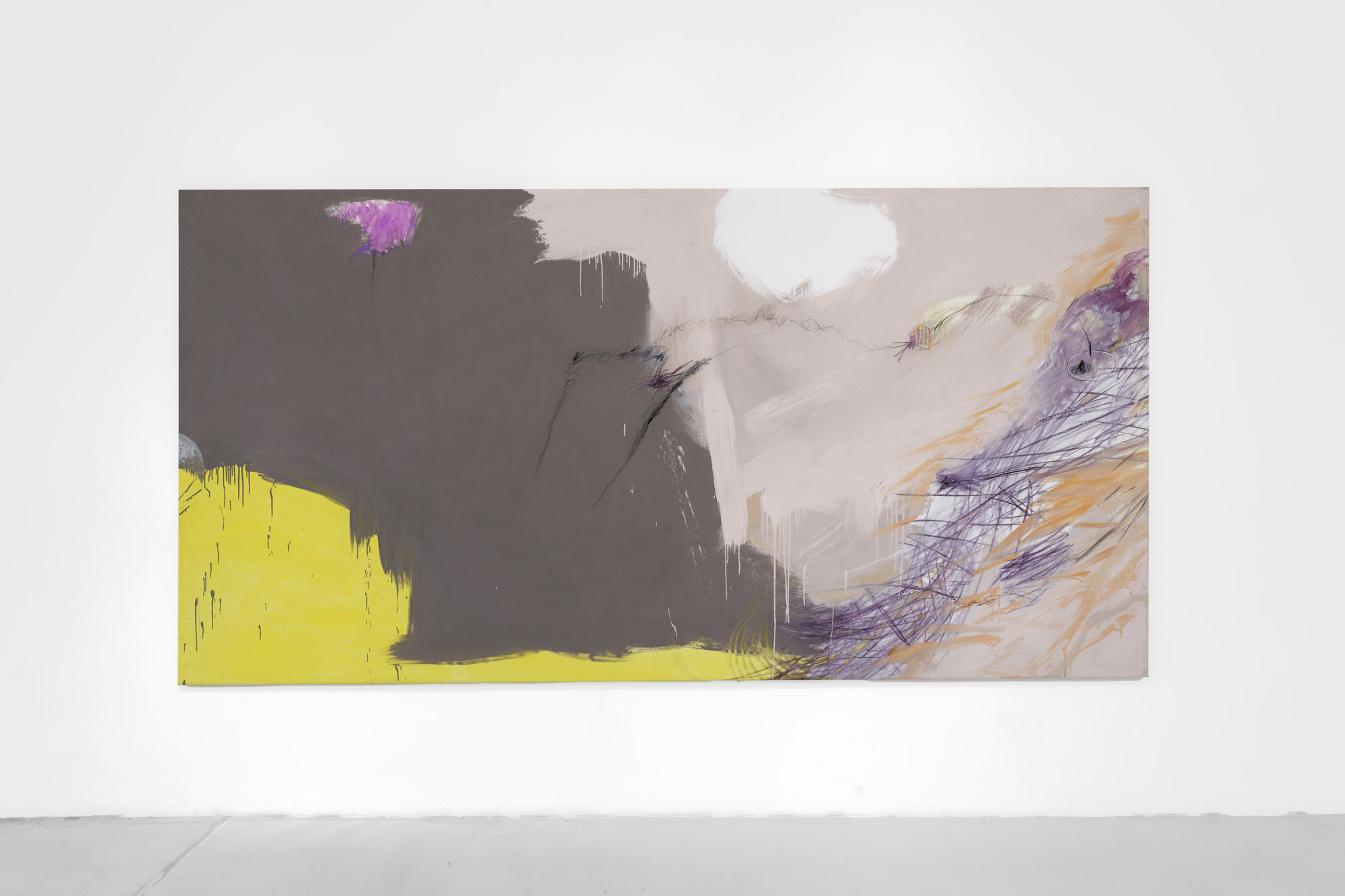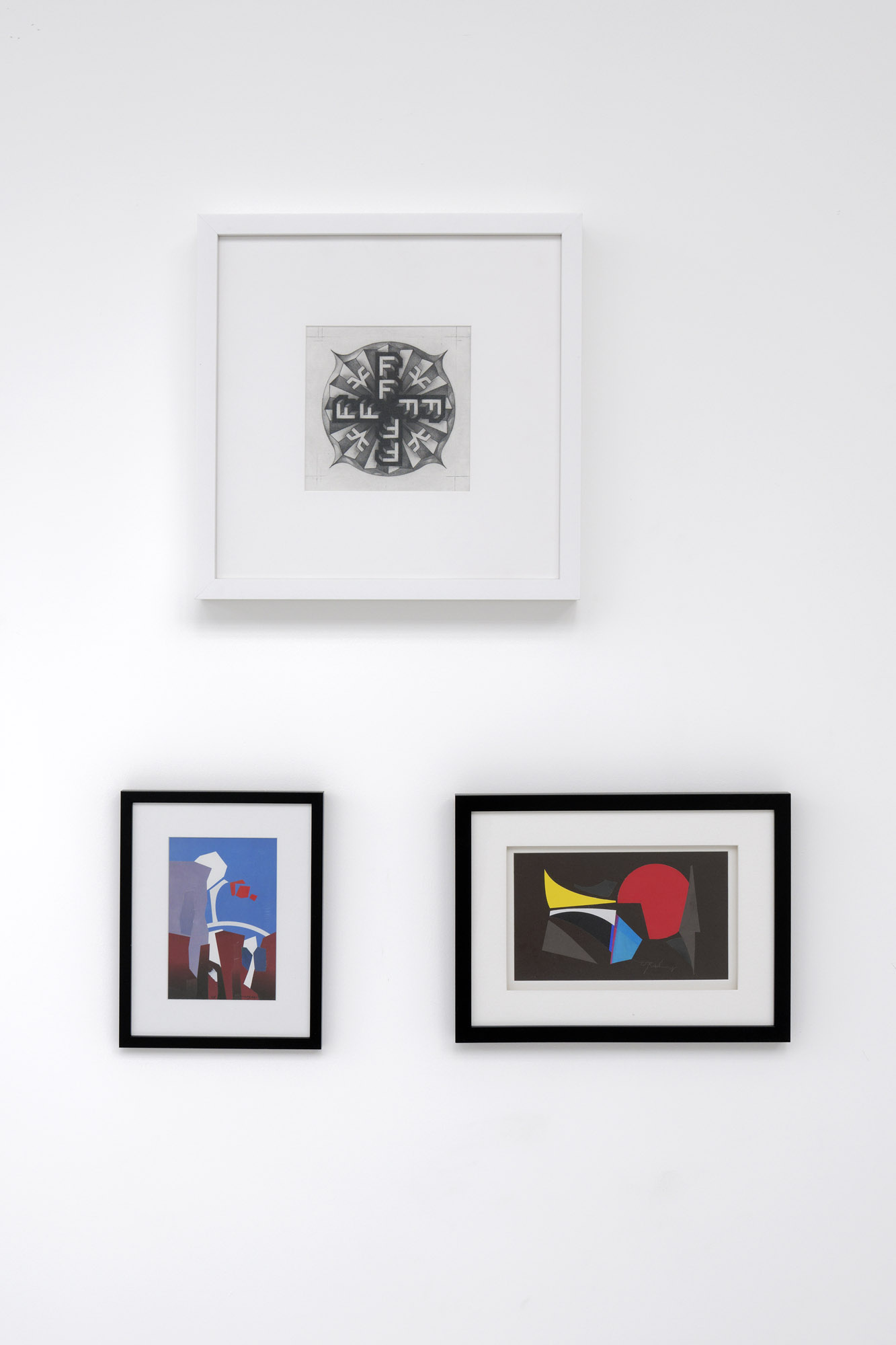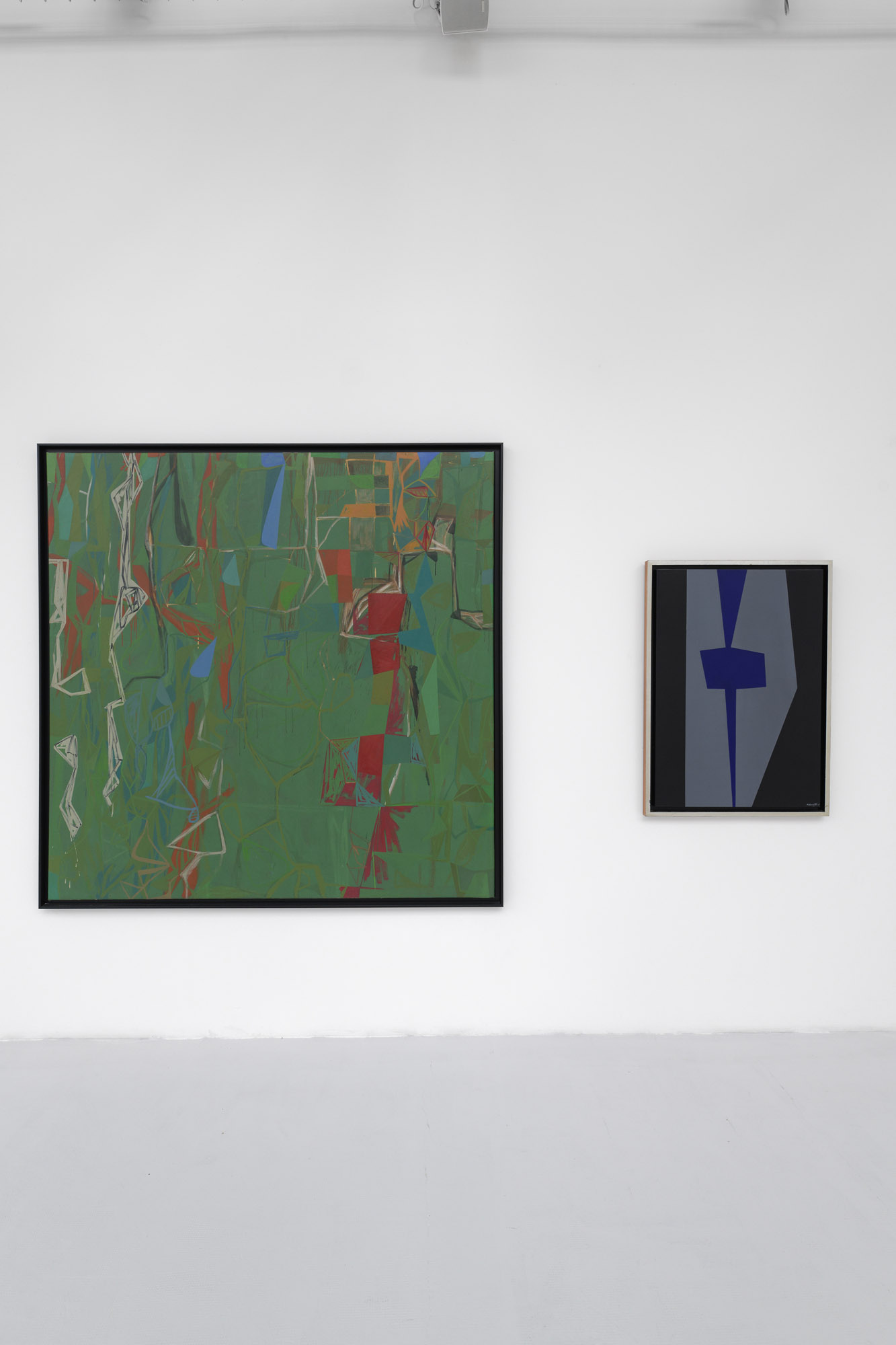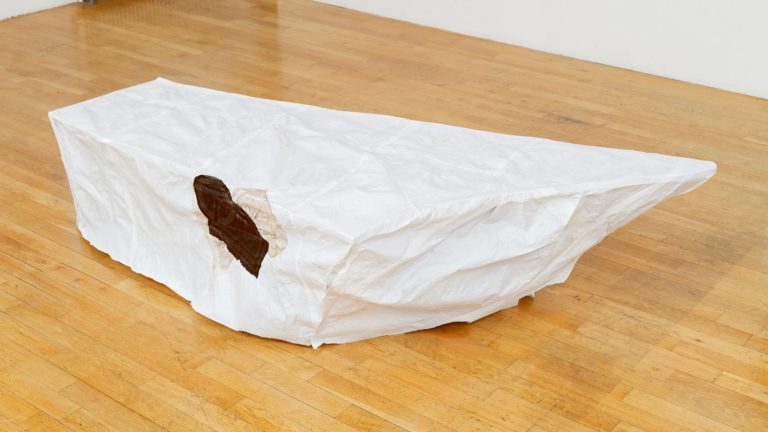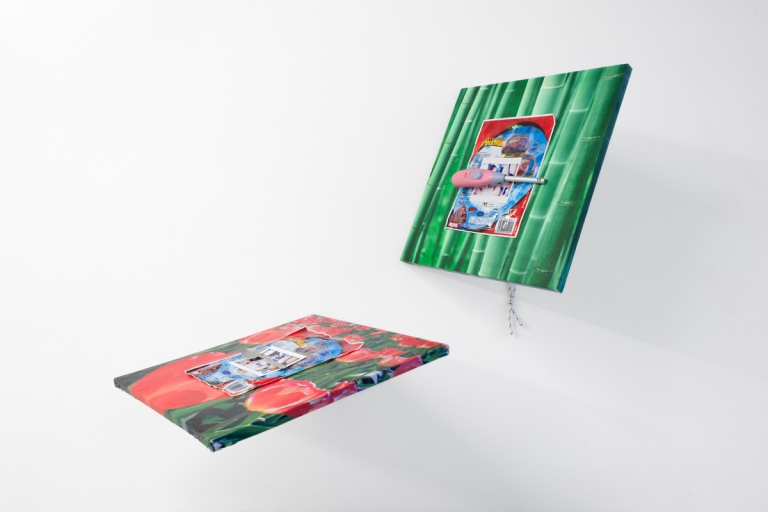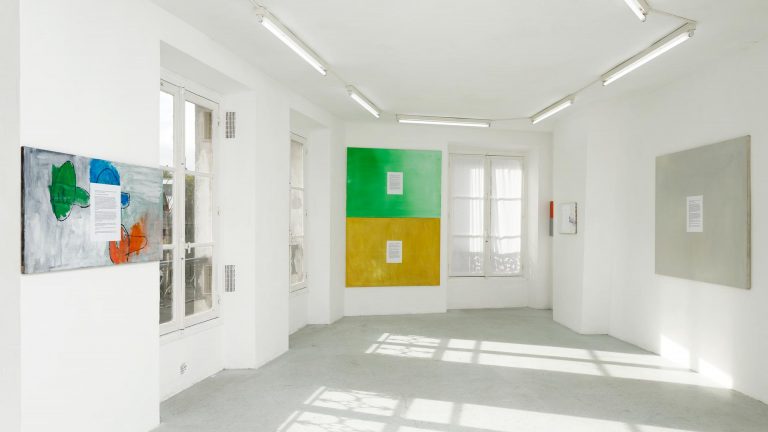Artists: Yeny Casanueva, Sandra Ceballos, Hugo Consuegra, Salvador Corratgé, Pedro de Oraá, Carlos García de la Nuez, Flavio Garciandía, Aimée Joaristi, Ernesto Leal, Guido Llinás, Raúl Martínez, Glexis Novoa, Umberto Peña, Loló Soldevilla, Juan Vázquez Martín, Antonio Vidal
Exhibition title: Abstractions Cubaines des années 50 à nos jours
Venue: Passerelle Centre d’art contemporain, Brest, France
Date: October 14, 2022 – January 14, 2023
Photography: ©Aurélien Mole / all images copyright and courtesy of the artists and Passerelle Centre d’art contemporain
The collective exhibition ‘Cuban Abstractions – from the 1950s to the present day’ is the Brest section of a larger project entitled ‘All the weight of an island: Collecting Cuban art’ shared between the Museum of Fine Arts in Rennes, the contemporary art centre 40mcube and Passerelle in Brest. Based on the collection of art collector François Vallée, the exhibitions tackle social and political issues as much as the formal qualities of the works.
Passerelle Centre d’Art Contemporain presents a corpus of abstract works with their roots in Russian Constructivism and Latin American Concrete Art. A leading figure in Cuban art, Loló Soldevilla (1901-1971), acts as the key point of entry to the exhibition. She was a painter and the Cuban cultural attaché in Paris, linking the new abstract artists of Latin America in the 1950s with the European avant-garde. She shone a spotlight on geometric abstraction, especially through her gallery Color-Luz in Havana, which she founded with Pedro de Oraá (1931-2020) in 1957. The group known as Los Diez Pintores Concretos [The Ten Concrete Painters] was established with friends in 1959. This galaxy of artists was committed to the ideological promises of abstraction. The revolutionary process was complete in 1959 with the overthrow of the regime of Fulgencio Batista and abstract art became the art of change and of the notion of Cuba as a liberated island. But from 1961, when art was being influenced by the ideological radicalisation of the cultural policy of the Cuban government, which considered it to be a weapon of the revolution and demanded that artists show social engagement, abstract art began to be stigmatised and deemed to be individualist expression that was foreign to the historical-social conflicts of the time. That was why ‘The Ten Concrete painters’, like Los Once [The Eleven] before them (1953-1955), saw the potential for abstract art to engage radical social change. Empowered by this history related to the revolution, many artists were to use, and still use today, this formal language to criticise excesses of power while escaping censure and keeping their distance from the official networks.
The exhibition is interested in all those artists who worked between the lines, far from the province of State propaganda and who adopted, for a while or for the whole of their career, the form of abstraction.
The exhibition Tout le poids d’une île. Collectionner l’art cubain [The weight of an island. A collection of cuban art] gathers 250 works that are part of the collection of cuban art of François Vallée. The exhibition takes place in three institutions the centres for contemporary art 40mcube (Rennes) and Passerelle (Brest), the museum of fine art of Rennes and the Orangerie of the Thabor Park, Rennes.
Abstractions Cubaines des années 50 à nos jours, 2022, exhibition view, Passerelle Centre d’art contemporain, Brest
Abstractions Cubaines des années 50 à nos jours, 2022, exhibition view, Passerelle Centre d’art contemporain, Brest
Abstractions Cubaines des années 50 à nos jours, 2022, exhibition view, Passerelle Centre d’art contemporain, Brest
Abstractions Cubaines des années 50 à nos jours, 2022, exhibition view, Passerelle Centre d’art contemporain, Brest
Raúl Martínez, Blanco n° 1, 1961; Salvador Corratgé, Sans titre, 1962
Juan Vázquez Martín, Coagulaciónprematura,1968; Antonio Vidal, Sans titre, 1975
Loló Soldevilla, Diario, 1953
Ernesto Leal, 1:1 scale n°4 [série Grammatical], 2021
Aimée Joaristi, Alicia, 2018
Pedro de Oraá, Sans titre, 2005, Sanstitre, 2018; Glexis Novoa, FV, 2015
Flavio Garciandía, Barará, 1997; Salvador Corratgé, Sanstitre, 2005


